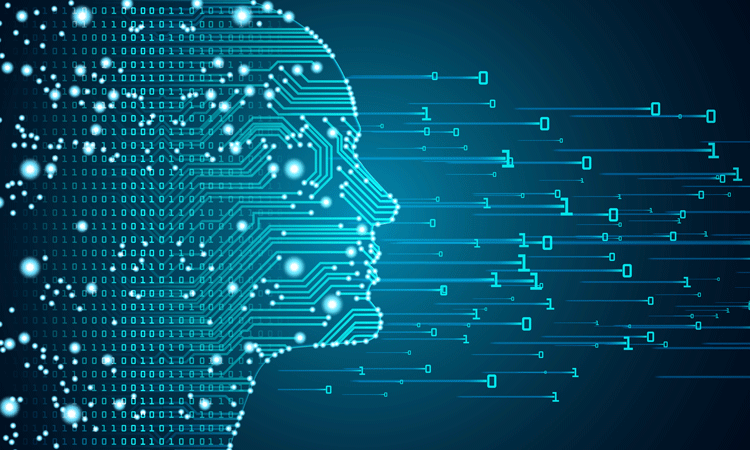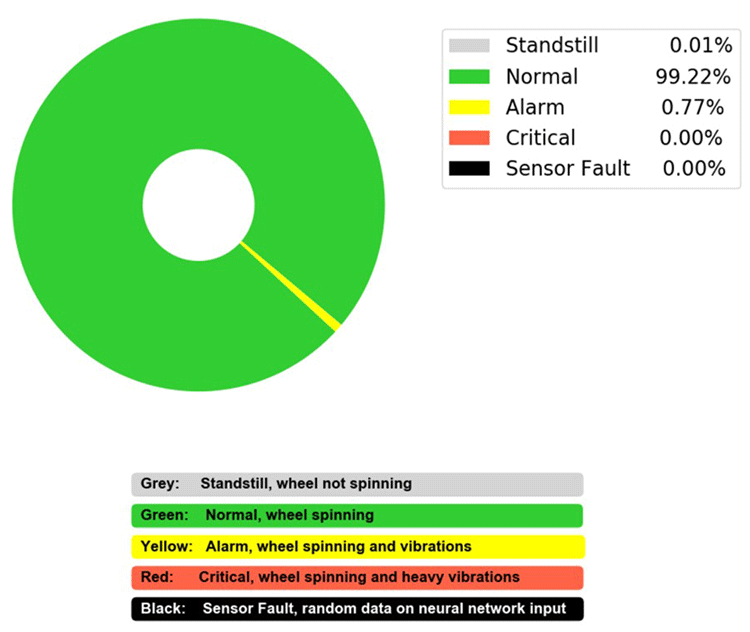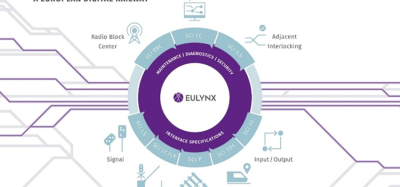Artificial intelligence for distributed sensor systems
Posted: 8 February 2019 | Lenord + Bauer | No comments yet
The use of artificial intelligence (AI) could in future enable measuring systems of rail vehicles to independently analyse data as well as generate and classify information. This is the field in which Lenord + Bauer and STMicroelectronics are working. In a joint project, they have developed a demonstrator with a neuronal network for assessing vibration data on the bearing.


More and more systems and measuring instruments are improving safety in railway rolling stock. That is why data density is increasing in rail vehicles. At the same time, modern safety concepts demand real-time communication. To relieve the burden on the communication network in the vehicle, it makes sense to analyse sensor data where it arises. That means only the data that the central system actually needs is transmitted. Relocating data processing from a central system to distributed processing units is one way of implementing AI. The micro controller of a sensor, for instance, can process the acquired data locally with the aid of algorithms.
Neuronal networks that identify the patterns and classes of data by multistep calculations come into play when creating the algorithms. Tasks that would place excessive demands on physical modelling or for which there is no analytical solution can be performed with the aid of statistical analyses of the input data. The processing capacity of micro controllers is not yet enough to train neuronal networks, but they can efficiently process the algorithms of a fully-trained network.
This is the approach being followed by STMicroelectronics and Lenord + Bauer, a specialist in motion sensor systems and integrated drive technology, in a joint project. The semiconductor specialist has developed software that converts the trained neuronal networks for its 32-bit STM32 micro controller. Using this software, the companies have developed a demonstrator for evaluating vibrations. The vibration sensor, which consists of an acceleration measuring unit and an STM32 micro controller, detects a variety of signal patterns and classifies them with the aid of the neuronal network. The sensor manufacturer wants to implement the findings in its i3SAAC product concept. The aim is to network intelligent, integrated and interactive sensors with autonomous actuators and controllers in such a way that they evaluate the data themselves.
In practice
A vibration sensor mounted on the bearing of a rail vehicle is equipped with AI and identifies damage or material fatigue at an early stage. The sensor then reports this information to the central maintenance system, which compiles and analyses the information from all sensors. The condition of the bearing can then be assessed via the representation in a vibration monitor.


Related topics
Big Data, Digitalisation, Internet of Things (IoT), Technology & Software








